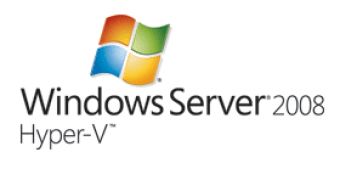Following the downloading and deployment of over 1.5 million Beta copies of the Microsoft hypervisor-based virtualization technology in testing environments, Windows Server 2008 Hyper-V was released to manufacturing at the end of June 2008. However, even as early as the Release Candidate stages of the solution, the Redmond company was offering tools designed to integrate with Windows Vista computers, and to permit the remote management of Windows Server 2008 machines with the Hyper-V role. At the end of 2008, the software giant also made available for download management resources for the RTM version of Windows Server 2008 Hyper-V.
“This update package installs the management tools for the release version of Hyper-V technology on a computer that is running Windows Vista Service Pack 1 (SP1). This update package includes the following items: the Hyper-V Manager Microsoft Management Console (MMC) snap-in (the Hyper-V Manager MMC snap-in provides management access to servers that are running Hyper-V); [and] the Virtual Machine Connection tool (you can use this remote connection tool to establish an interactive session on a virtual machine host),” Microsoft informed.
The Redmond giant emphasized that the Management Tools update Hyper-V RTM was available exclusively for Windows Vista operating systems with Service Pack 1 installed. Following its download and installation (available for both 32-bit and 64-bit versions of the operating system), the management tools will be available under Vista SP1's Control Panel in the Administrative Tools section.
On offer exclusively for 64-bit processors, Hyper-V “is a role in Windows Server 2008 that provides you with the tools and services you can use to create a virtualized server computing environment. This type of environment is useful because you can create and manage virtual machines, which allows you to run multiple operating systems on one physical computer and isolate the operating systems from each other,” Microsoft added.

 14 DAY TRIAL //
14 DAY TRIAL //